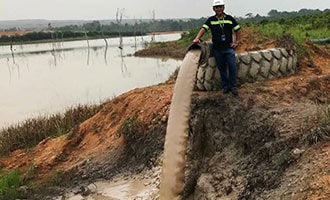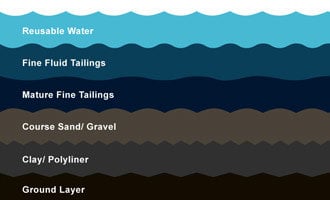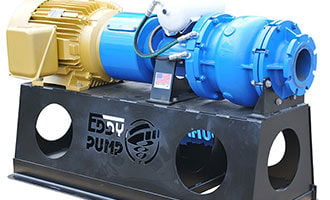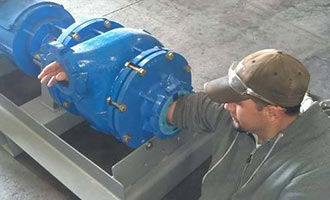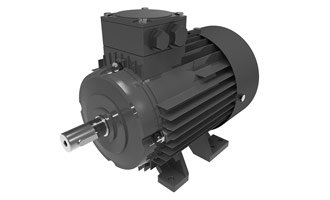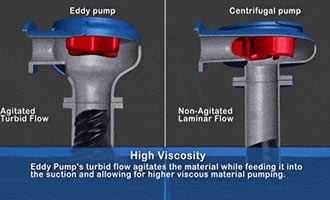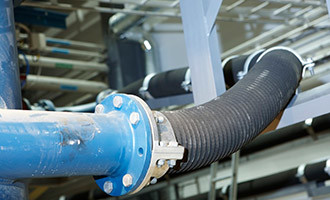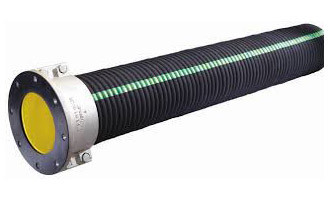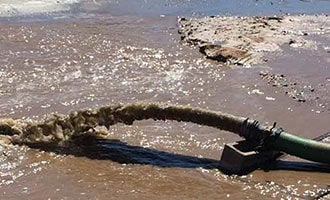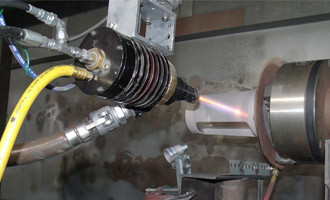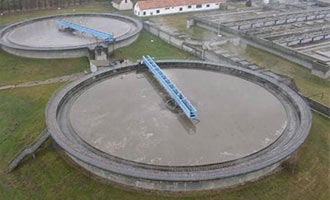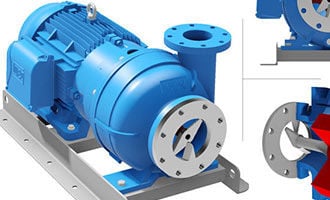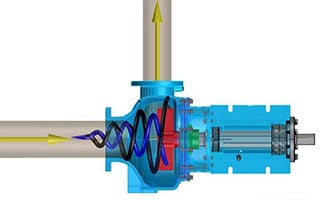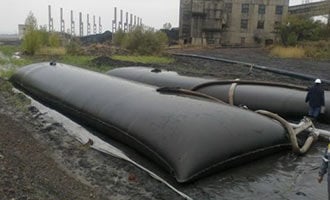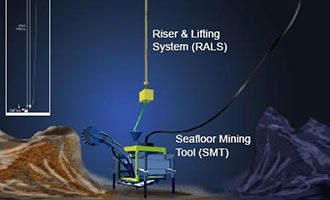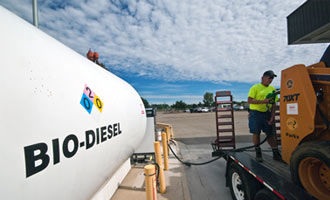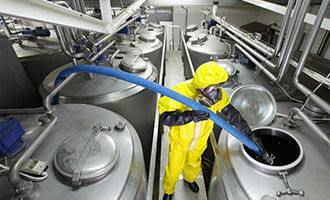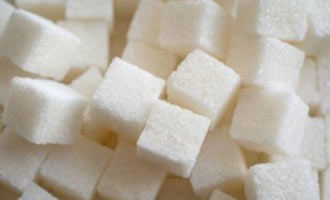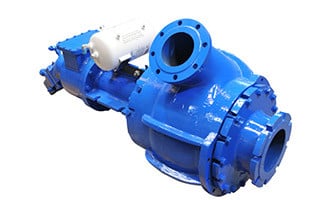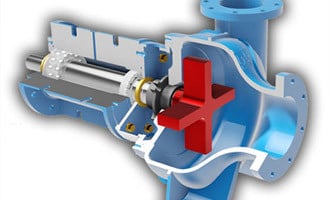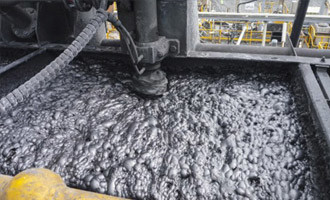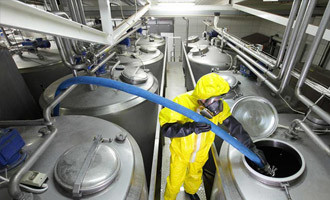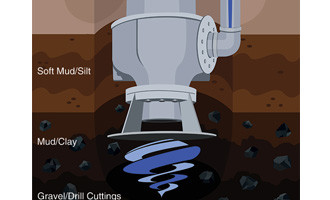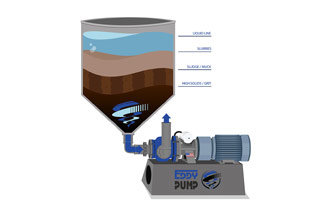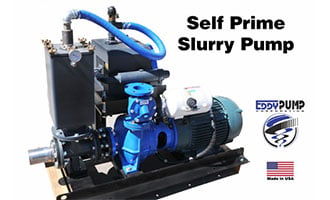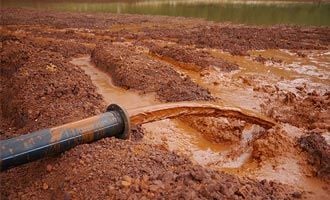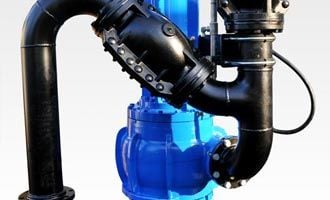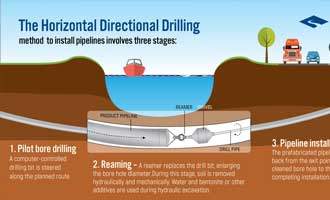Pumps Used in Wastewater Treatment Plants
Several types of pumps may be used in wastewater treatment plants to transfer liquids, such as sewage and treated effluent, from one location to another. The specific type of pump used will depend on the application's requirements, such as the flow rate, pressure, and viscosity of the liquid being pumped. Browse Our Slurry PumpsContact Us For a Fast QuoteWe Pump Solids
Not Water
See The EDDY Pump Benefits When Compared to a Centrifugal Pump
Some of the main types of pumps that may be used in wastewater treatment plants include:
- Centrifugal pumps: These pumps use centrifugal force to generate flow and pressure, which allows them to move liquids over long distances or against high pressures. They commonly transfer sewage and treated effluent in wastewater treatment plants.
- Diaphragm pumps: These pumps use a flexible diaphragm to move liquids and are typically used for transferring corrosive or abrasive fluids. They may be used in wastewater treatment plants to transfer chemicals, such as acids or bases, used in the treatment process.
- Peristaltic pumps use a flexible tube or hose squeezed by a roller or shoe, pushing the liquid through the pump. They are often used in wastewater treatment plants to transfer sensitive or fragile liquids, such as sludges or slurries, other types of pumps may damage that.
- Piston pumps use pistons or plungers to move liquids through a cylinder or hose. They are often used in wastewater treatment plants to transfer high-viscosity liquids, such as pastes or sludges.
- Screw pumps use a rotating screw or impeller to move liquids through a channel or pipe. They are often used in wastewater treatment plants to transfer thick or viscous fluids, such as slurries or pastes.
Issues with pumps in wastewater treatment plants
Several potential issues may arise with pumps in wastewater treatment plants, which can affect the efficiency and reliability of the treatment process. Some of the main problems that may occur with pumps in wastewater treatment plants include the following:
1.) Clogging: Pumps in wastewater treatment plants may become clogged with solids or debris, reducing the flow rate and causing the pump to malfunction. Regular maintenance, such as cleaning and inspecting the pumps, can help prevent clogging.
2.) Corrosion: Wastewater treatment plants often use corrosive chemicals, such as acids or bases, which can cause deterioration of the pumps and other equipment. Regular maintenance and the use of corrosion-resistant materials can help prevent decay.
3.) Cavitation: Cavitation occurs when a pump's impeller creates a vacuum that vaporizes the liquid being pumped, causing bubbles to form. When these bubbles collapse, they can create high-pressure shock waves that can damage the pump and reduce efficiency. Using a pump with the proper design and operating conditions can help prevent cavitation.
4.) Wear and tear: Pumps in wastewater treatment plants are subjected to high levels of wear and tear due to the abrasive and corrosive nature of the pumped fluids. Regular maintenance and replacing worn or damaged parts can help extend the life of the pumps.
5.) Electrical issues: Pumps in wastewater treatment plants may experience electrical problems, such as power surges or motor failures, which can cause the pump to malfunction. Regular maintenance and proper electrical protection can help prevent these issues.
Talk to Engineering or Sales
If you need help with Pump Selection, Sales or Engineering Support
Call 619-404-1916
Related Products
HD (Heavy Duty) Slurry Pumps
Why EDDY Pumps Are Better – Highlights
This video shows how EDDY Pump outperforms centrifugal pumps when pumping high solids abrasive, viscous or corrosive slurries.
Why EDDY Pumps Are Better - Highlights
This video shows how EDDY Pump transports high slurry and abrasive materials. Featured dredge pump equipment includes the Remote Operated Subdredge, Diver Operated Pump and a Excavator Attachment Dredge Pump.





